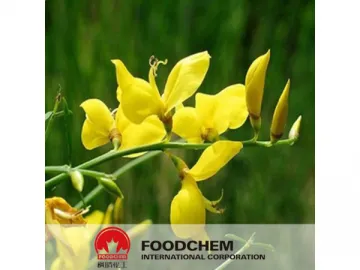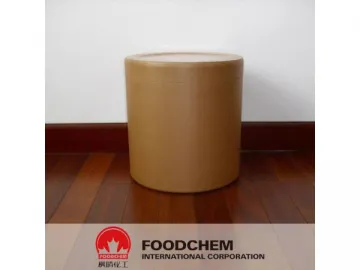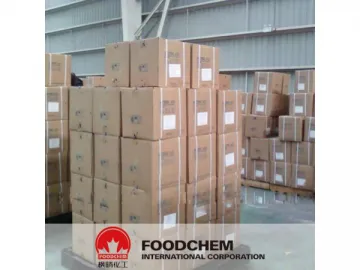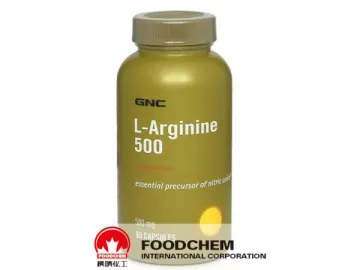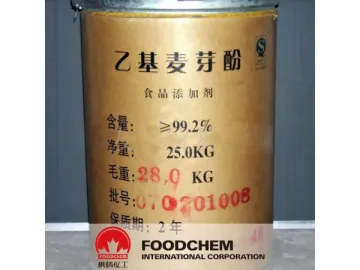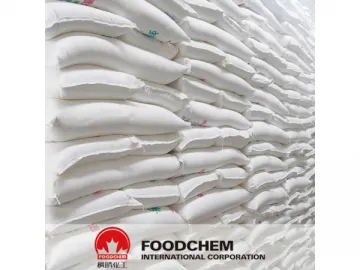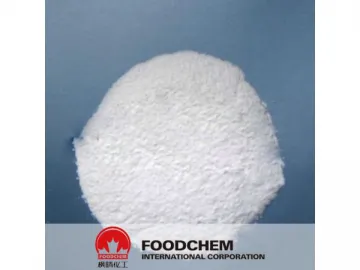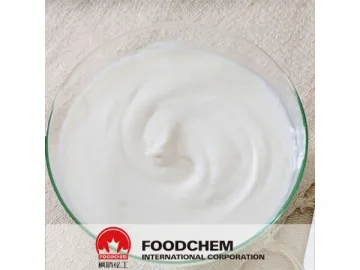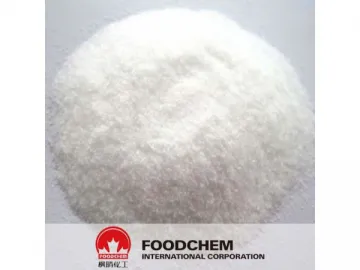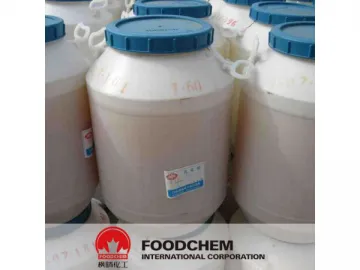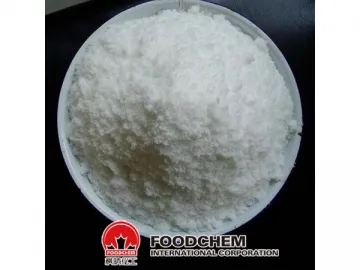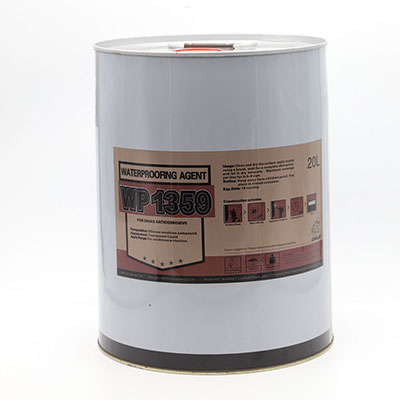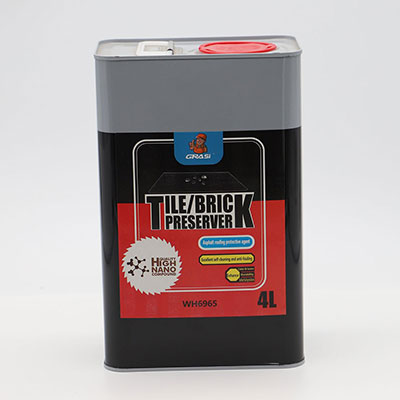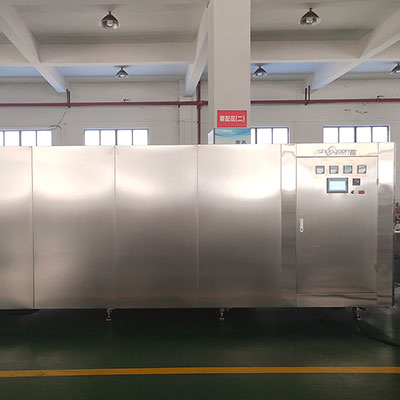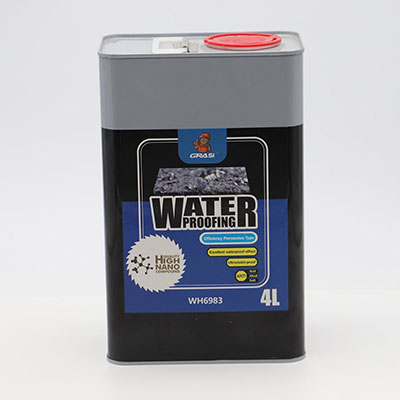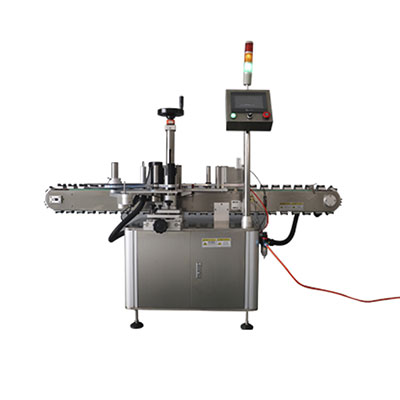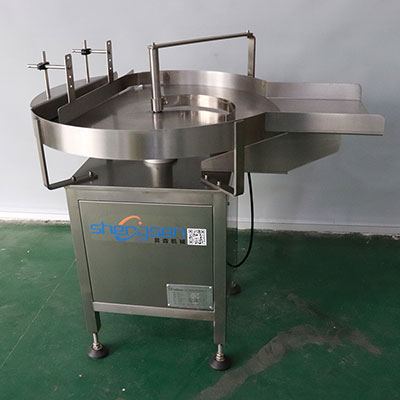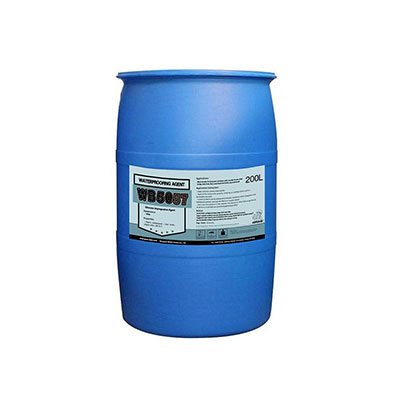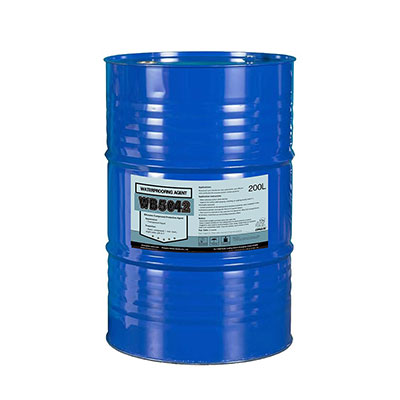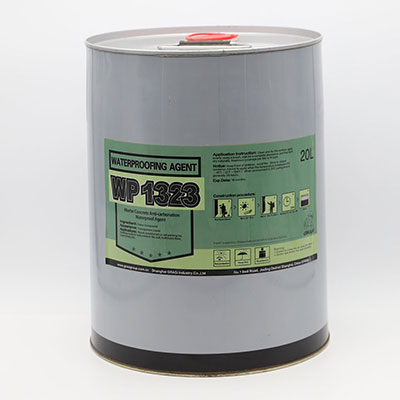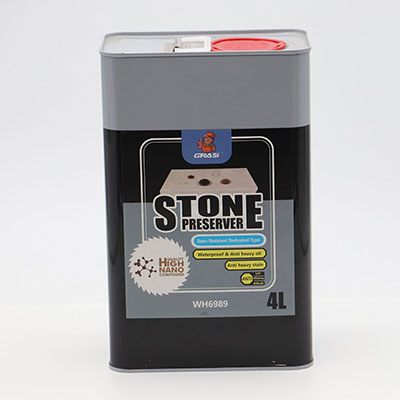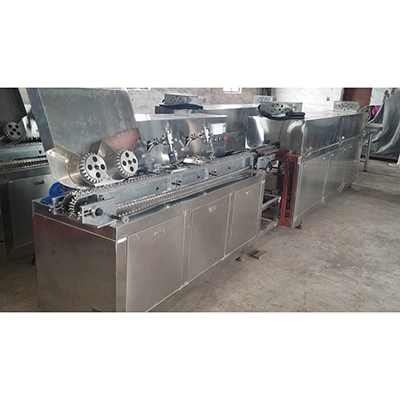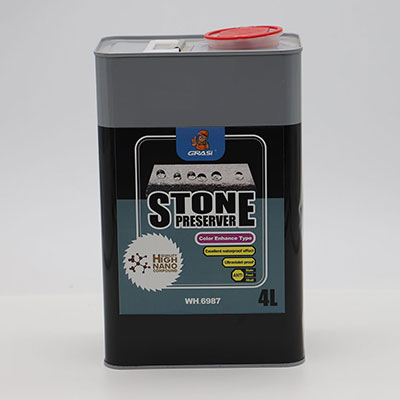Sodium Bicarbonate
Packaging: 25 KG/BAG
Storage: Store in a cool and dry place and keep away from strong light and heat.
Shelf life: 12 months
| Items | Standards |
| Appearance | White Powder |
| Content Of NaHCO3 % | 99.0 – 100.5 |
| Loss On Dry % | 0.20 Max |
| PH Value | 8.5 Max |
| Content Of As % | 0.0001 Max |
| Content Of Heavy Metals (Calculate as Pb) % | 0.0005 Max |
| Content Of Ammonium Salt | Via Test |
| Clarity | Via Test |
| Content Of Chloride % | 0.40 Max |
| Whiteness | 85 Min |
Sodium bicarbonate is basically a chemical compound, which is also often known as baking soda, bread soda, cooking soda and bicarbonate of soda. Students of science and chemistry have also nicknamed sodium bicarbonate as sodium bicarb, bicarb soda. Sometimes it is also simply known as bi-carb. The Latin name for sodium bicarbonate is Saleratus, which means, 'aerated salt'. Sodium bicarbonate is a component of the mineral Natron, also known as Nahcolite which is usually found in mineral springs, the only natural source of sodium bicarbonate.
Cooking uses:Sodium bicarbonate was sometimes used in cooking vegetables, to make them softer, although this has gone out of fashion, as most people now prefer firmer vegetables that contain more nutrients. However, it is still used in Asian cuisine to tenderise meats. Baking soda may react with acids in food, including Vitamin C (L-Ascorbic Acid). It is also used in breadings such as for fried foods to enhance crispness.Thermal decomposition causes sodium bicarbonate alone to act as a raising agent by releasing carbon dioxide at baking temperatures. The carbon dioxide production starts at temperatures above 80 °C. The mixture for cakes using this method can be allowed to stand before baking without any premature release of carbon dioxide.

Medical uses:Sodium bicarbonate is used in an aqueous solution as an antacid taken orally to treat acid indigestion and heartburn.It may also be used in an oral form to treat chronic forms of metabolic acidosis such as chronic renal failure and renal tubular acidosis.
Links:https://www.globefindpro.com/products/54144.html
